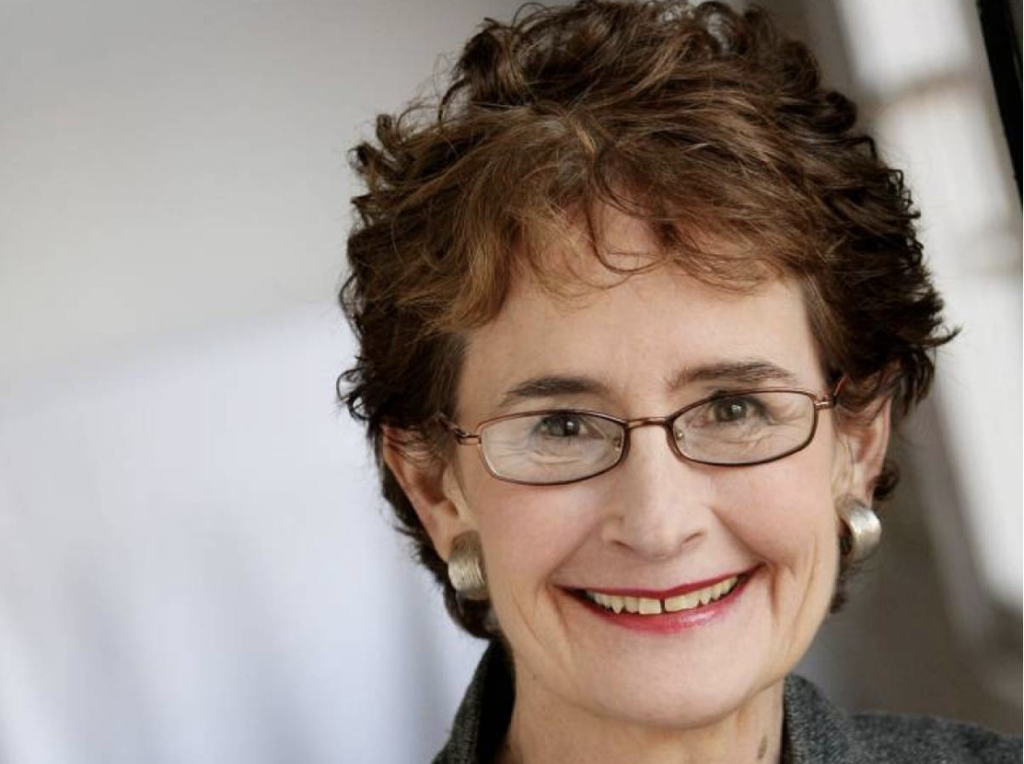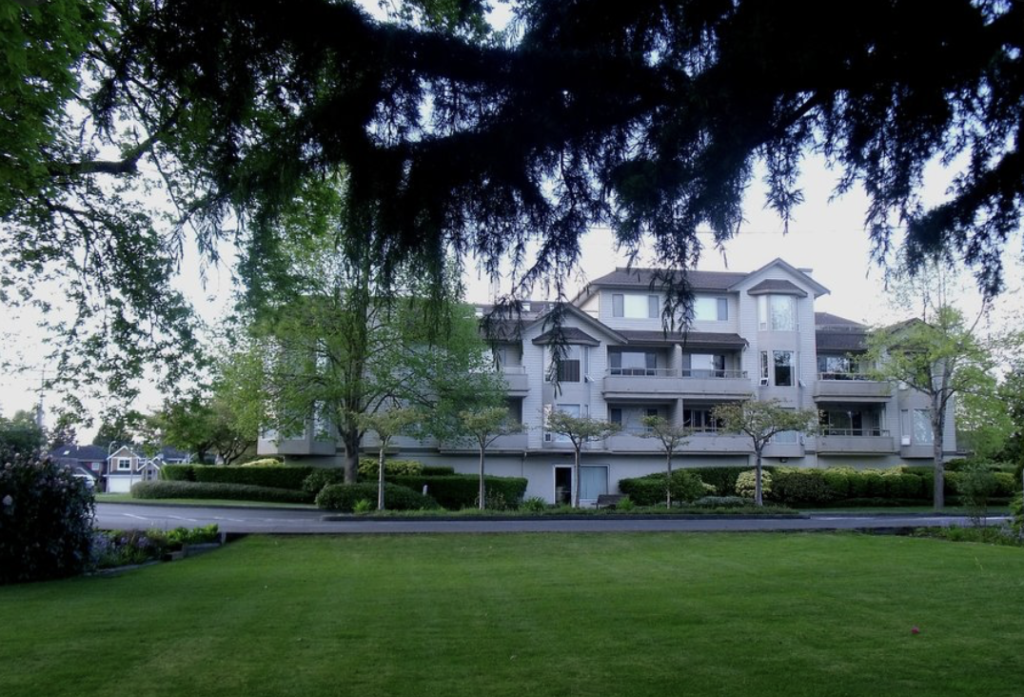Participants pay no rent for the rest of their lives and the “sponsor” pays back 95% of the original investment

(By News Desk)
When Kate Mancer, an internationally-renowned expert on senior housing explains the “life lease” concept to audiences, the response invariably is “that sounds too good to be true.” It does sound incredible.
Here it is, in a nutshell: A senior sells his or her house and invests part of the proceeds in a life lease apartment with one or two bedrooms and pays no rent for the rest of his or her life. Service and maintenance fees are about $400 a month. And here is the kicker: if they move or pass away, they, or their estate, get back about 95 per cent of the money they originally paid — sometimes more.
“If I got a dollar for every time I heard the phrase ‘that’s too good to be true,’ I’d be independently wealthy,” Mancer laughs during a telephone interview with The Coast Clarion. “But once people understand how it works, they become our fiercest advocates.”
Mancer is Canada’s foremost life lease advocate. She has been promoting the idea for twenty years and wrote the book The Magic of Life Lease: A Seniors Housing Solution for the 21st Century.
Fees based on true cost
This is how the life lease concept works: A non-profit organization called a “sponsor” conducts pre-sales for apartment units to be built, and the buyer makes a payment of 5 per cent of the estimated purchase price. The money goes into trust so prospective buyers get it back if the project would not go ahead for some reason. Once the majority of the units are pre-sold the sponsor goes to a bank, usually a Credit Union, for construction financing.
Towards the end of construction the prospective buyers sell their homes. The sponsor divides the total cost of the apartment building: land cost, construction cost, architectural fees, financing cost, by the number of units to determine the purchase price of each unit, also called the entrance fee.
Soon after the doors open, the sponsor pays off the bank loan with the entrance fees.
The participants purchase the right to live in the unit as long as they want. Monthly fees cover the cost of insurance, maintenance, replacement reserve, utilities, management and property tax. And, as life lease owners qualify for a homeowner’s grant, the property taxes would be about $10 a month, Mancer says.
Of course the monthly fees will increase somewhat over time, but because the sponsor is a non-profit, the fees are based on true cost.
The sponsor retains ownership of the building.
When a person moves or dies, the sponsor buys the unit back and uses the remaining 5 per cent to refurbish it. It then sells the unit to the next person on the waiting list, either for the same price or slightly higher.
Low-income families
Some sponsors sell a unit at market value, which is usually higher than the price originally paid. The difference can be used in a variety of ways.
For instance, a life lease project in Kamloops pays half of the capital gains to the person leaving, or their estate. The other half goes into a fund and, from time to time, the money is used to buy units in the building to rent out to lower-income families.
Some local governments require that a small number of units in a life lease building are rented out to low-income families from the beginning of the project.
The entrance fee for a life lease is lower than the price of a condominium. There is also no land transfer tax, which keeps it more affordable. And often, the local government provides the land at no cost.
No profits
The life lease concept is more common in the rest of Canada but there are 22 life leases in British Columbia with a total of 1,400 units.
The Baptist Housing Society is currently working on a life lease with 125 units in the former Inglewood Care Centre in West Vancouver. The project will house up to 600 seniors, including 125 life leases. The Society’s website says that it plans to “leverage proceeds of initial life lease sales to cover the cost of construction.”
This will also “enhance the affordability of other portions of the project where a private owner might otherwise harvest profits,” the Society’s website says.
The Society is looking for an investment of $37.5 million. With 125 life leases, that’s $300,000 per life lease participant.
“Life lease is a mechanism to develop affordable senior housing in communities where there are no obvious alternatives.” Mancer says.
Liquidated assets
What it takes is a non-profit organization that is interested in championing the idea.
“Here’s an example,” says Mancer: “we built a life lease in Mission a few years ago. Seven or eight local organizations — some churches, the District of Mission — formed MASH, the Mission Association for Affordable Housing, to act as sponsor. The association built 42 life leases for independent seniors, with a big amenity area and a kitchen so, over time, it’s completely possible to provide meals and other services if needed.”
“All 42 participants had been living in single family houses, which they freed for families with children — a real bonus for the community,” she says.
Not everybody has the money to pay the full entrance fee. In Mission, one of the participants had a good pension but had liquidated most of his assets to help his children. So for him, with the help of his local Credit Union, MASH created the opportunity to pay 30 per cent up front with higher monthly fees.
Not every life lease sponsor is interested in operating the building. Often, they hire a professional property management firm to do that.
Sunshine Coast
Would life leasing work for the Sunshine Coast?
Mancer believes it would. She is the principal of Lumina Services Inc., the leading provider in Western Canada of market and financial feasibility studies for seniors’ housing and health care developments, and a director of Terra Lumina Life Lease Housing, a company that develops social-housing real estate. Both are for-profits that work exclusively for non-profit organizations in the social housing field. Both companies have been involved with a number of life leases in B.C.
“If someone comes to us and says ‘I want to build a life lease,’ we can do that,” Mancer says. “We do everything until the doors open; or we can do just the marketing, or just the legal aspects, like the disclosure statements and the leases. It all depends on the requirements and the capabilities and the needs of the sponsor.
“The logical first step would be to have a public meeting to gauge interest, but with COVID-19, that’s difficult. A Zoom information meeting is not nearly as satisfactory, but it could be done,” Mancer says.
“Then we would do a market study and a financial feasibility analysis. A local non-profit, or a local government, could apply for a proposal development grant to pay for that; there is lots of seed money around,” she says.
“If the studies show the project is feasible, and everyone agrees on it, we can start. How much we do depends on the local sponsor. But we have the expertise,” Mancer says.

My mother lived in a life lease apartment for 8 years in another province. It was as Mancer says—she paid an initial entrance fee out of the money she had from selling the family home and then paid the monthly maintenance fee. Her apartment was lovely, and the five-storey building had a big well-appointed common area with kitchen facilities where various events were organized. The residents became a community and looked out for each other—on my mother’s floor, they hung a sign on their doorknobs every morning and took turns being the monitor who made sure everyone had made it through the night. It was built beside a river, so she had a view that entranced her throughout the seasons. She was very happy there. When she left, her initial investment came back 100%.
BC really needs to catch up. And the Sunshine Coast, with its retiree demographic, is an ideal place to develop life lease buildings. Are our local politicians visionary enough?